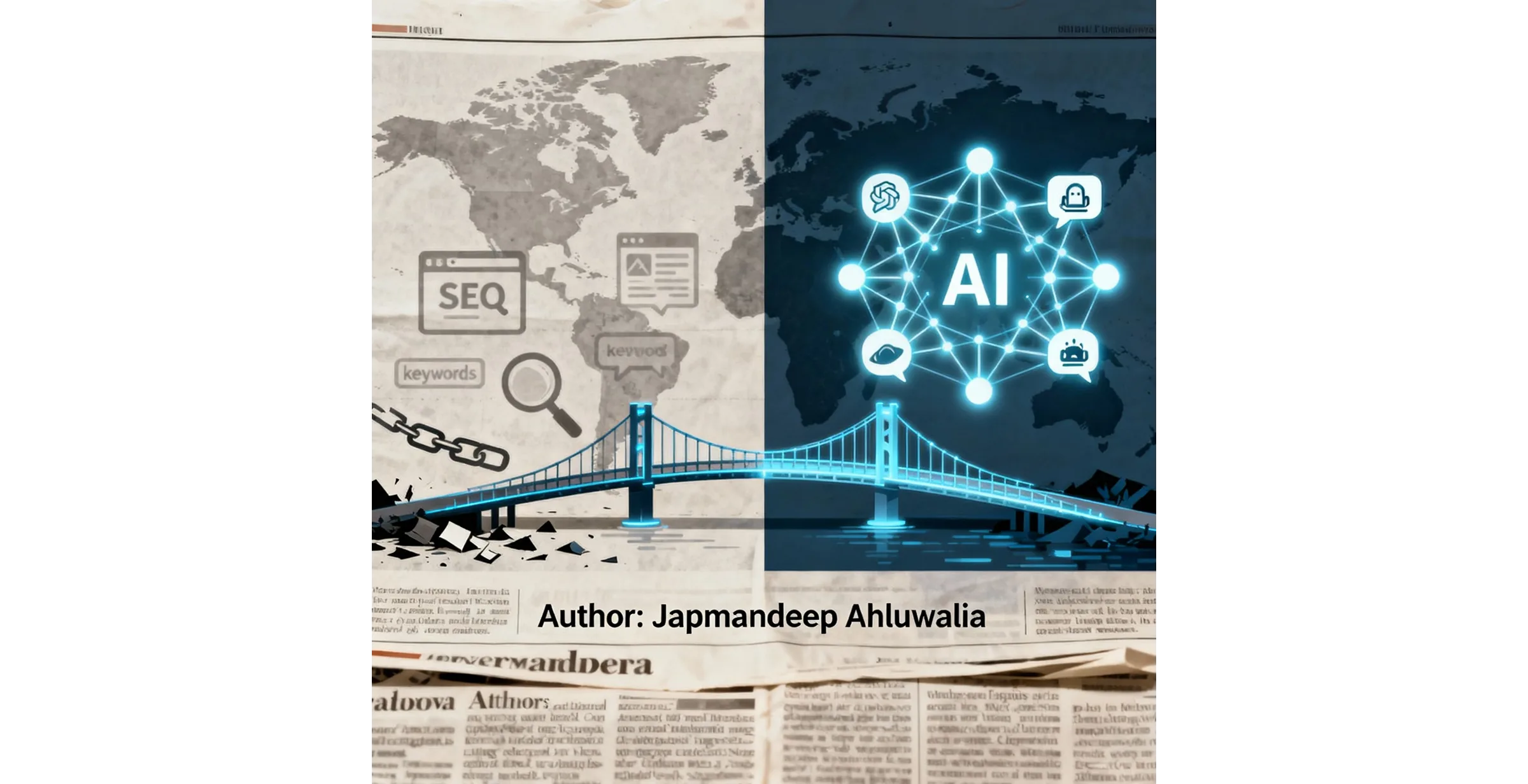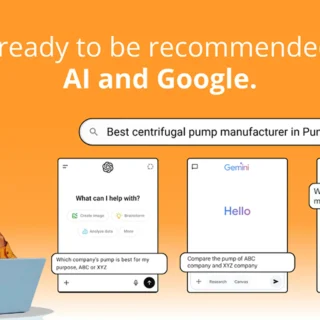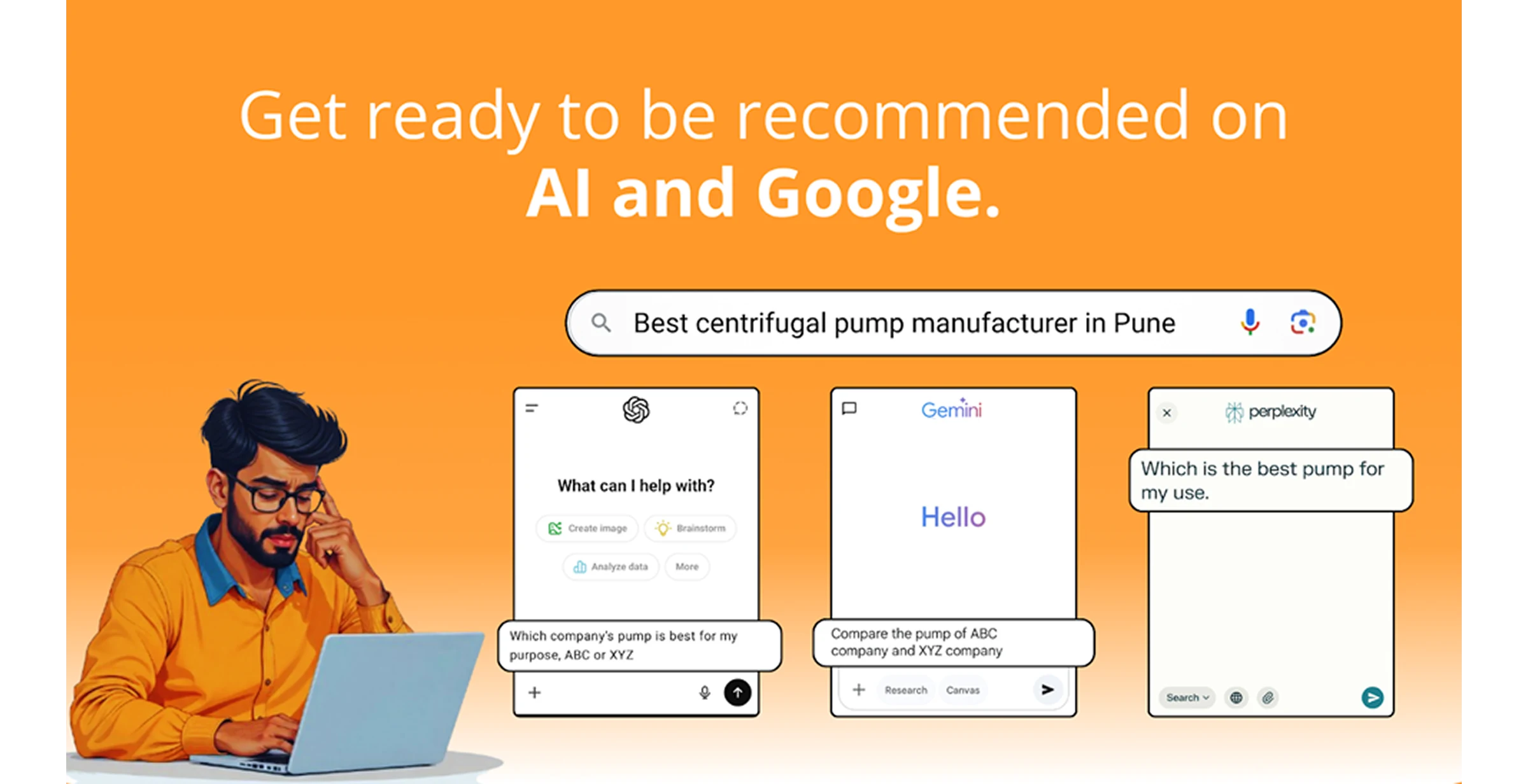
Japmandeep Ahluwalia Explains AI’s Next Wave in Social Media
AI’s Next Wave: How Artificial Intelligence Will Revolutionize Social Media and News Reporting in India and the UK
By Sonu Mishra (as told by Japmandeep Ahluwalia)
A Digital Storm on the Horizon
Artificial Intelligence is quietly rewriting the rules of how societies consume and share information. Social media platforms that once depended on algorithmic recommendations are now turning to intelligent systems capable of understanding tone, behaviour, and cultural nuance.
“The world is entering an era where AI won’t just curate content—it will create it,” says tech analyst Japmandeep Ahluwalia, Founder of Luxyn Robotics. “This shift will redefine not only marketing and media but also the way truth and influence operate online.”
In India, where mobile connectivity and multilingual engagement dominate, AI’s expansion is faster than any communication technology in history. Meanwhile, in the UK, the conversation is shifting toward ethics—how to maintain credibility and trust in an era where images, quotes, and even voices can be artificially manufactured.
Hyper-Personalization: The New Frontline
The first wave of AI on social media focused on recommending content. The next will deliver deeply individualized storytelling.
Meta’s experiments with AI-driven conversations across Facebook and Instagram offer a glimpse of the future—a feed shaped not just by clicks, but by emotion, personality, and private chat context.
In India, this transformation has taken a local turn. Advertising firms now use AI translation engines to automatically adapt campaigns into Hindi, Tamil, Bengali, and Marathi—turning one national message into hundreds of regional voices. A Dentsu study found that vernacular posts drive nearly 40% higher engagement in Tier-2 and Tier-3 cities.
“This isn’t just about marketing reach,” notes Ahluwalia. “It’s about emotional precision—speaking to audiences in the language of their heart.”
The Rise of Synthetic Creativity
Across India and the UK, AI-assisted content generation is booming. From automated captions to instant video narration, generative tools are quietly becoming the hidden workforce behind the internet’s visual culture.
In India, start-up Appy Pie’s PixelYatra—the first Hindi-trained design generator—allows users to create banners and posts using simple voice prompts. In the UK, newsroom tools built on OpenAI and Anthropic models are helping journalists summarize lengthy policy documents into concise explainers.
But creativity has a darker edge. AI-generated Bollywood clips recently went viral on YouTube before being removed for misleading viewers. During India’s elections, synthetic voices imitating politicians spread rapidly across WhatsApp. These episodes underscore how easily influence can be engineered in the digital age.
From Newsrooms to Neural Rooms
Journalism—long defined by human judgment—is now being reshaped by algorithms.
In the UK, The Independent has introduced “Bulletin,” a newsroom system using Google’s Gemini model to assist editors with summarization, while human journalists remain responsible for fact-checking.
Meanwhile, India’s government-backed Bhashini initiative is expanding access to public information by using AI to translate and distribute news in dozens of regional languages, bridging the gap between English-speaking and regional audiences.
However, with speed comes risk. Deepfakes, synthetic headlines, and cloned audio clips challenge the very foundation of truth. “Speed without verification is chaos,” warns Ahluwalia. “The next frontier of journalism will not be about breaking news faster, but confirming it smarter.”
The Video Revolution: A Studio in Your Pocket
What was once a luxury for professional studios is now available to anyone with a smartphone. With AI handling scripting, voice-overs, translations, and sound design, video production has been democratized.
Indian companies integrating AI into digital advertising have seen 20–30% higher conversion rates, while reducing production time by nearly 80%. One notable success is KhataBook’s regional influencer campaign, which used AI-translated visuals to boost app downloads by over 60% within months.
In Britain, creators are turning to AI-powered video editors to produce “talking-head” news explainers for TikTok and YouTube—replacing traditional studios with compact neural engines.
The Future: Multimodal and Agentic AI
The next phase of innovation lies in multimodal systems—AI that can simultaneously read, see, and hear.
Imagine watching a Hindi interview as AI instantly overlays English subtitles, adjusts tone, and summarizes key moments for reposting—all in real time.
Equally transformative is agentic AI—autonomous systems capable of managing communities, responding to comments, or designing marketing campaigns with minimal human supervision.
For India, this means the rise of hyperlocal, vernacular ecosystems powered by automation. For the UK, it presents a governance challenge: maintaining transparency while fostering innovation.
The Balancing Act: Opportunity and Oversight
AI is lowering the barriers for creators, entrepreneurs, and small businesses. Start-ups in both India and the UK are leveraging automation to scale faster and reach broader audiences. The UK, which now hosts nearly 30% of Europe’s generative AI start-ups, has emerged as the continent’s innovation hub.
Yet opportunity comes with risk. Privacy breaches, consent violations, and data misuse are mounting concerns. India still faces digital inequality between urban and rural areas, while Britain struggles with a shortage of AI-skilled professionals.
“Technology won’t destroy jobs,” insists Ahluwalia. “Ignorance will. The new media economy belongs to those who learn to work with AI—not against it.”
Regional Snapshots
India:
- PixelYatra by Appy Pie – the first Hindi-prompt design tool.
- Radhika Subramaniam – India’s first bilingual AI travel influencer.
- Deepfake election content and multilingual political campaigns.
- Vernacular micro-influencer networks driving rural brand growth.
United Kingdom:
- The Independent’s Bulletin – Gemini-powered newsroom summaries.
- Government AI skills initiative for digital professionals.
- Record investment into GenAI start-ups across London and Cambridge.
The Road Ahead
Artificial Intelligence is no longer a backstage assistant—it has taken center stage. It writes scripts, edits footage, and even moderates conversations.
For both India and the UK, the challenge is the same: to ensure AI enhances human creativity rather than manipulates it.
As the Founder of Luxyn Robotics, Japmandeep Ahluwalia believes the coming years will separate passive users from active builders. “AI is the electricity of the modern internet,” he concludes. “Those who learn to harness it will illuminate the future of storytelling.”




